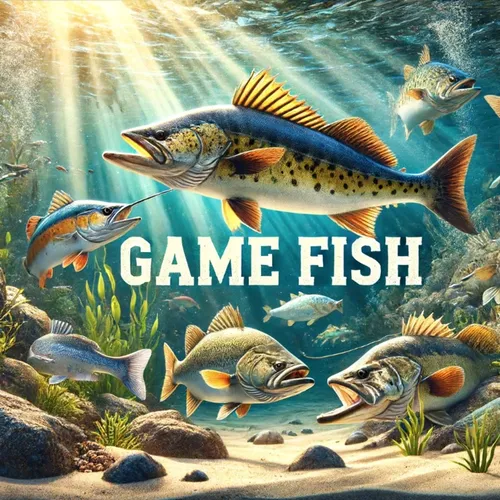Expanding Hunting, Fishing, and Conservation Opportunities Across the United States
- Author
- Quiet. Please
- Published
- Wed 10 Sep 2025
- Episode Link
- https://www.spreaker.com/episode/expanding-hunting-fishing-and-conservation-opportunities-across-the-united-states--67708049
Across the United States this week, Game and Fish agencies are implementing significant new policies and initiatives aimed at expanding opportunities for hunters and anglers, conserving vital habitats, and actively engaging communities in the management of local fisheries and wildlife. The Association of Fish and Wildlife Agencies has praised the Department of the Interior and the U.S. Fish and Wildlife Service for officially launching the 2025-2026 Station-Specific Hunting and Sport Fishing Regulations. These regulations open 42 new opportunities for hunting and fishing across more than 87,000 acres within the National Wildlife Refuge System and National Fish Hatchery System, reflecting a continued federal commitment to access and conservation.
In Arkansas, wildlife managers are reaching out to anglers to help shape the future of two nationally recognized trout fisheries. The Arkansas Game and Fish Commission has invited public input through an open survey for anglers who fish the Greers Ferry and Beaver lakes tailwaters. The responses will influence updates to the trout management plans, with officials emphasizing that the goal is to gauge satisfaction with current fishing conditions, stocking, and access rather than make immediate regulatory changes. Arkansas is also spotlighting national waterfowl trends, as the U.S. Fish and Wildlife Service’s latest Waterfowl Population Status report shows an estimated 34 million ducks in the traditional survey area across Canada and the northern US this summer. While the mallard population appears stable, blue-winged teal numbers remain below thresholds for an extended teal season, which means hunters will once again see a shortened teal season. Notably, the report highlights severe drought in key breeding grounds in the north-central U.S., with pond counts in that region down thirty-four percent from last year, signaling habitat challenges that could influence future migration and hunting opportunities.
Celebration and tradition also take center stage as hunters, conservationists, and artists gather to welcome the release of the new 2025-2026 Federal and Junior Duck Stamps. Held at Mack’s Prairie Wings in Stuttgart, Arkansas, the debut of these stamps marks a major fundraising milestone for habitat conservation with millions of dollars directed to wetland protection. The new stamp, featuring spectacled eiders painted by South Dakota artist Adam Grimm, underscores the continued intersection of art, wildlife conservation, and hunting heritage.
Regionally, state commissions remain proactive. The Arizona Game and Fish Commission’s latest public meeting took place in Eagar, focusing on state priorities and offering opportunities for public comment, while the South Dakota Game, Fish and Parks Commission is seeking input on its draft North American River Otter Action Plan for 2025 to 2029.
Nationally and globally, these emerging patterns highlight a broad emphasis on expanding public access, addressing the impacts of climate variability on wildlife, and strengthening partnerships between agencies and local communities for sustainable fisheries and wildlife management.
Some great Deals https://amzn.to/49SJ3Qs
For more check out http://www.quietplease.ai
